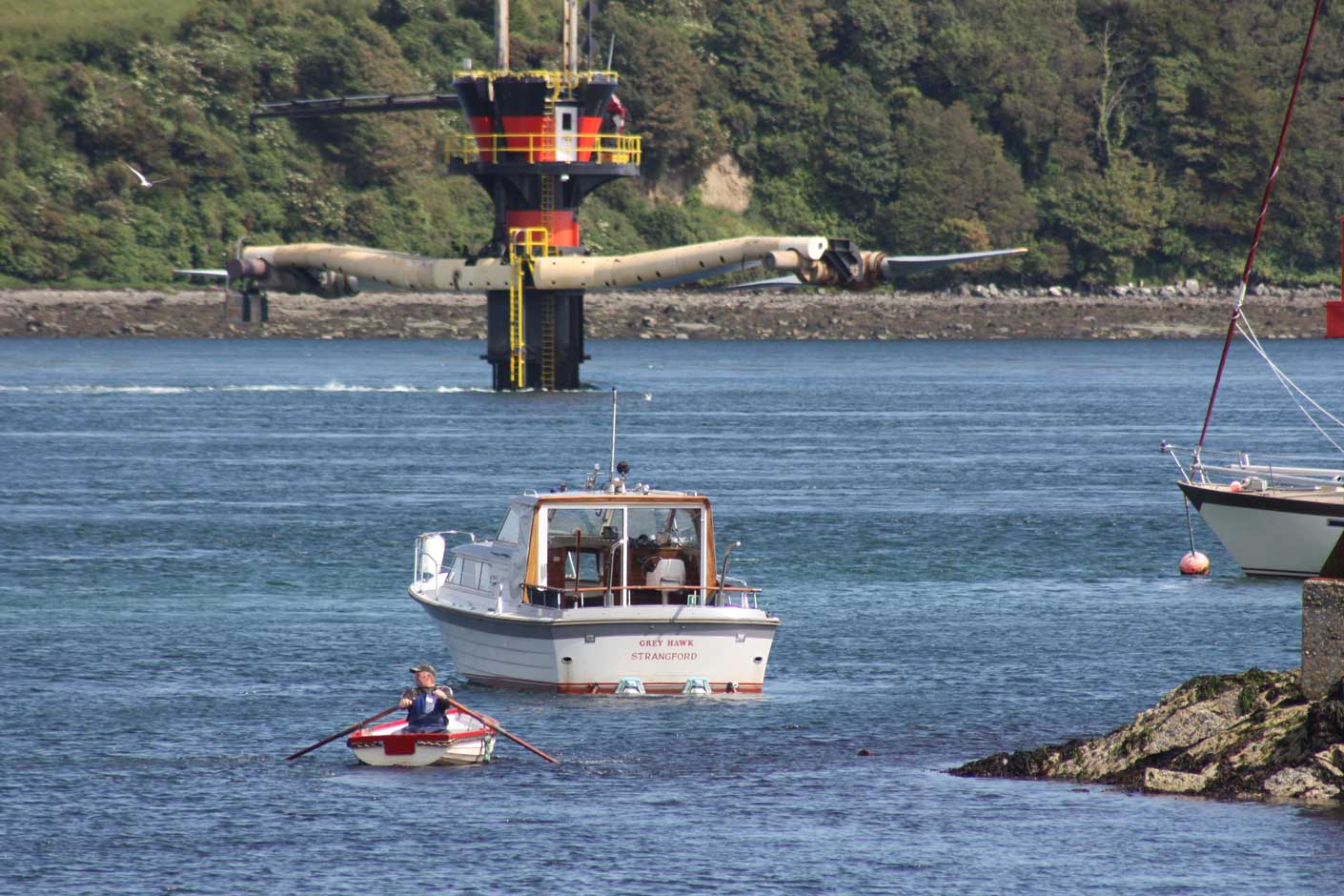Deep case studies
BESAFE carries out 12 single case studies addressing different issues areas related to biodiversity protection. This set of deep case studies covers different member states and geographical regions as well as various governance scales, stakeholder groups and their interaction. Overall, the case studies comprehensively explore the argumentation processes in the biodiversity-related policy making and provide knowledge on the transferability of arguments between the major governance levels.
Comparative case studies
Apart from the twelve deep case studies, BESAFE partners will conduct two comparative studies. The main idea behind these studies is to be able to compare different EU Member States with respect to particular WP 3 and WP 4 research questions. Comparative study “EU Biodiversity Strategy 2020 – national implementation” thus addresses the main questions of WP 3, while the study “Perceptions of biodiversity, ecosystem services and values at the national level” is concerned with WP 4 inquiry.
An underwater tidal electricity turbine; Northern Ireland

SeaGen turbine with rotors withdrawn above sea level.
Introduction
In 2004, Marine Current Turbines Ltd (MCT) identified the Narrows of Strangford Lough, Northern Ireland, UK as their preferred location for the deployment of SeaGen, the world’s first commercial scale open stream tidal turbine. Very strong tidal flow was a major factor in site choice, but environmental impacts were unknown. Particularly, there was (and still is) uncertainty of impact on the features of the Strangford Lough Special Protection Area (SPA) and Special Area of Conservation (SAC). An adaptive management approach to deployment of the turbine, with integrated mitigation and monitoring was proposed and accepted by the Department of Environment, Northern Ireland and the project went ahead. SeaGen was built and has been operated sporadically and environmentally monitored since 2008. N.Ireland has no specific legislation to deal with marine environmental issues. However, a new Marine Bill is expected to come into force in 2013, and Strangford Lough will be the first Marine Protection Zone to be designated under the Bill.
Brief description of the policy problem
A major gamble has been taken by all sides – go ahead with the turbine without any prediction of the environmental consequences. Apparent, but generally unexpressed conflicts of interest may arise between stakeholder groups - Protected Area designation against significant socio-economic benefits, but these may not be necessarily mutually exclusive. Similarly within local government – up to 6 Departments are involved in marine issues, with strong commitments to increase renewable energy output as well as to nature conservation. The future legal instrument for all such issues will be the NI Marine Bill when it is in place.
Location
Strangford Lough, County Down, Northern Ireland, UK
Governance level(s) involved
Provincial Government (Northern Ireland Assembly) involving up to 6 different Government Departments with interests in marine issues; National (UK) government and EU requirements under the Marine Framework.
Stages in the policy cycle
This pilot project is presently at the “outcome” stage of the policy cycle, with ongoing monitoring and evaluation of success in a continuous, iterative process. For the planning and deployment of future, similar installations at other locations the process is at the initial problem-framing and goal-setting stage of the cycle.
Main stakeholders involved
Turbine fabrication, construction and maintenance companies, electrical energy distribution company (Power NI), Northern Ireland Government, Crown Estate (seabed owned by the Queen), nature conservation bodies including the Northern Ireland Marine Task Force coalition of conservation NGOs, marine research institutions, local boat owners and other recreational users.
Partner responsible
Paris Lodron University Salzburg, Austria
Contact person
John R. Haslett (john.haslett [at] sbg.ac.at)
Image copyright: Ardfern (Own work) [CC-BY-SA-3.0 or GFDL, via Wikimedia Commons]